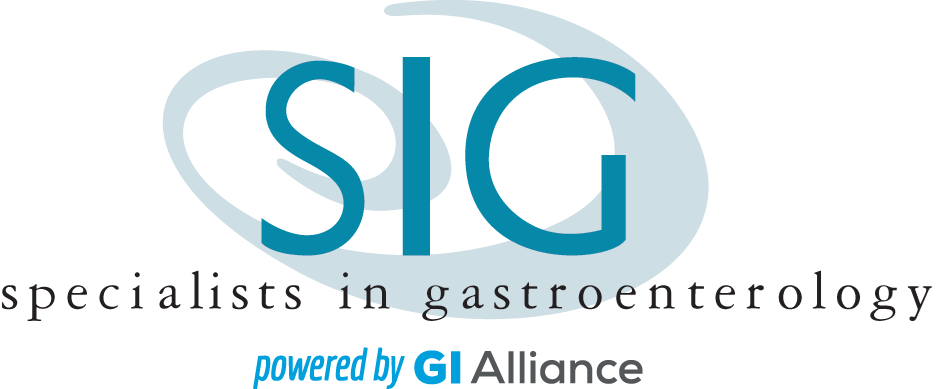Request an Appointment
SIBO Information
Small Intestinal Bacterial Overgrowth (SIBO)
Small intestinal bacterial overgrowth is known to doctors and many in the community as “SIBO.” The textbook definition of the SIBO syndrome is defined as large numbers of bacteria in the upper small intestine with symptoms and signs of maldigestion or malabsorption. Classic textbook SIBO disorders include scleroderma, small intestinal pseudo-obstruction, and a surgically created deformity or “blind loop.” Through the years many other conditions and diseases have been found to cause SIBO. The biggest impact is that it is estimated that 50% of IBS patients have SIBO and treatment can help.
What can SIBO do to a person?
The most common symptoms are bloating after meals, abdominal discomfort, diarrhea and/or constipation. The gas and breath may be foul. Only in extreme cases do we see weight loss or nutritional disorders.
What are the effects of SIBO on my body?
When there is inflammation in the gastrointestinal tract lining caused by the attachment of toxic colon-type bacteria many things can happen. A variety of “extra-intestinal” syndromes can be triggered including fatigue, “brain fog,” depression, and many of the unexplained syndromes including, but not limited to, restless legs syndrome, rosacea, chronic pelvic pain syndrome, and complex regional pain syndrome. We see such patients in our Syndrome Clinic. Other GI diseases are affected by SIBO and are improved by antibiotic therapy. These include: Crohn’s disease, celiac disease, chronic pancreatitis, immune deficiency syndromes, and other medical disorders.
How is the diagnosis of SIBO determined?
There is no gold standard to make the diagnosis. A tube placed in the nose and inserted into the upper small intestine is invasive, uncomfortable, does not obtain samples for cultures from the mid small intestine, and is hampered with laboratory problems when looking for bacteria that thrive without air (anaerobic bacteria). The noninvasive method that we use is the lactulose breath test home test kit. The principle is that you drink a sugar that bacteria like to eat and ferment. Gas gets absorbed and travels to the lungs. You then breathe into a bag to which 6 test tubes obtain samples at baseline, at 30 minutes and then every 15 minutes for a total of 90 minutes. These samples are processed using a sophisticated gas chromatography machine to see if you are making too much gas early on in the study. If that is the case then we can indirectly diagnose SIBO.
How can I get help for SIBO?
If you live near us, call 314-400-9913 to get an appointment with any of the medical providers at SIG.
If you live too far, please call your local gastroenterologist and ask about SIBO.
History of SIBO and IBS at Specialists in Gastroenterology
In 2000, a journal article was published by researchers at UCLA that dramatically changed our practice. All physicians and physician’s assistants at Specialists in Gastroenterology have agreed that the balance of bacteria in the small intestine and colon is an important factor in irritable bowel syndrome (IBS). Treatment with antibiotics was advanced in 2005 when a special antibiotic was introduced into the USA. This non-absorbed antibiotic allowed us to specifically treat SIBO. Furthermore, the most common cause for SIBO was determined – poor neuromuscular function of the small intestine. As a group, we started testing for SIBO with the non-invasive lactulose breath test. We first presented our research findings at a national meeting in 2006.
We find it exciting to examine syndromes as diseases. Only when you can peel away the stigmata of having a syndrome and get down to the reasons why it is occurring can you really help the patient. The Midwest SIBO Center is an extension of our practice. This is an intrinsic part of what we do every day. Additional features of the Midwest SIBO Center include education and research. We have given numerous lectures on IBS and SIBO. Between 2006 and 2014, we have published 12 journal articles, 10 abstracts, and one book chapter on SIBO. Our work has been presented at 13 national and international conferences. We have been interviewed on numerous occasions on TV and radio, and our story has been published in the newspaper and in periodicals.
